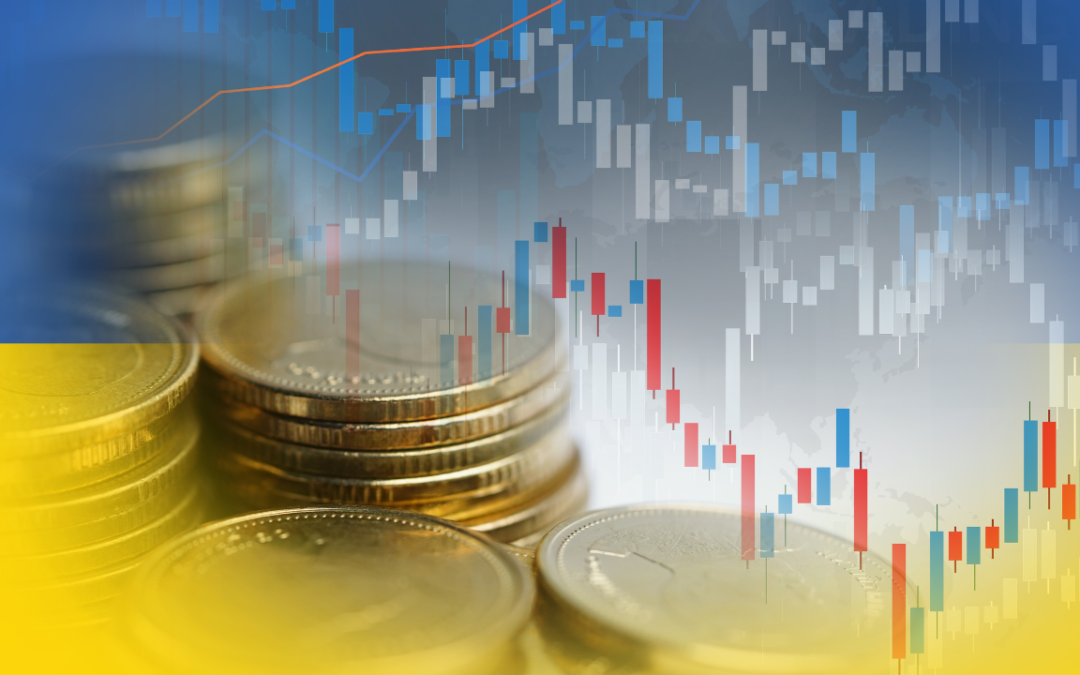The passing of Queen Elizabeth this past week was a symbolic if mournful, reminder that much our world is changing. During her reign as the UK’s longest-serving monarch, Elizabeth witnessed the most rapid and broadest increases in global living standards in history. Yet the final years of her reign coincided with extraordinary setbacks in the drivers of worldwide prosperity, including financial crises, the resurgence of populism and protectionism and the slowing, perhaps even reversal, of much of globalization.
Amid the political, economic, public health and financial tumult of the past two decades, one trend remains unbroken—the extraordinary rise in global (particularly US) profitability. As a share of GDP, US after-tax corporate profits touched a post-war record of 12.1% in the second quarter of 2022. That level is roughly twice its 1947-2000 average—a stunning outcome. The 21st century has seen an inexorable rise in the share of profits in US GDP, as well as a worrisome collapse in employee compensation as a share of total output.
As is often the case in the field, economists argue among themselves over the causes of rising returns on capital and falling returns to labor in the global economy. Casual observations, such as ‘corporate greed’ or ‘underinvestment’, are rather easily dismissed. Greed is the nature of capitalism (indeed, economists submit that self-interest guides consumers as well as producers) and it seems improbable to assume that somehow humans have become even greedier as of late. As for investment, gross fixed capital formation (the term economists use when speaking of business spending on long-lived capital goods) did slump as a share of GDP around the global financial crisis but has been rising steadily again over the past decade and is presently near its long-term average. It is unlikely that companies are denying themselves the tools to grow in the future in order to reap outsized profits today.
More plausible explanations begin with market power. In various industries, but above all in search, social media, information technology and communications a single large firm—or at most several large firms—dominate the market. In some cases, those firms are unregulated or lightly regulated ‘monopolistic competitors’. Academic research suggests that up to 75% of US industries have experienced rising concentration (a decline in the number of competing firms) this century, leading to growth in various measures of profitability.
One important driver of industrial concentration is the role of intangible, proprietary capital, such as software. Via patents, copyrights, and other legal protections, firms that develop source code can create effective barriers to entry and large economies of scale, enabling them to dominate markets. In a recent NBER working paper, the authors note the linkages between investment in ‘intangibles’, economies of scale and profits.
Regulation may also play a role. While tougher rules on banks and investment banks have curbed the profitability of financials, in other industries ‘rent-seeking’ behaviors by regulated monopolists in industries such as energy and utilities, appear to have increased profitability.
Until recently, two other factors have helped—cheap financing and weak worker bargaining power. An era of super low interest rates has enabled firms to finance their operations cheaply. Meanwhile the demise of unions, increased household economic and financial insecurity, capital-labor substitution and globalization enabled firms to keep wage bills low. From the fall of the Berlin Wall in 1989 until 2020, labor share in US GDP fell by some fifteen percentage points, providing a massive tailwind to corporate profit margins. In the last two years, labor’s share in total income has begun to rise, but it remains some ten percentage points below its postwar average.
Which brings us to the present. A growing and vocal number of Wall Street analysts warn that the summer rally in global equities will prove fleeting, as tighter global monetary policies, high energy prices, and economic insecurity will produce a global economic downturn and a profits recession.
What is true is that an economic recession will hit corporate profits hard. There has never been a postwar recession where the share of profits in GDP did not decline, in most cases led by an outright fall in corporate earnings. And, cognizant of growing cyclical risk, the consensus of Wall Street analysts has been paring back earnings expectations at rapid rate. Over the next few weeks, the news is apt to get worse, as firms use the ‘pre-announcement period’ ahead of the third quarter earnings season (which kicks off in October) to get bad news out.
Yet there is an old game on Wall Street called managing earnings expectations. By nodding and winking, firms guide earnings expectations below their likely level, enabling them to provide ‘positive’ surprises when the numbers are released. The upcoming earnings season will prove no exception.
So, what’s the bottom line for the ‘bottom line’?
History provides compelling evidence that corporate profits are cyclical, but that they also exhibit secular trends. A recession in the coming few quarters will clearly hurt profits in ways that analysts and investor probably don’t anticipate. But the titans of industry, particularly those in less cyclical sectors or those that benefit from unusual circumstances (e.g., energy), are apt to demonstrate greater profits resilience than in the past.
In summary, it remains premature to conclude that weak profits will force equity valuations down significantly.



